thomas314
Those pictures look familiar.
All the fractals pictures I produce are generated using my own software, Saturn & Titan, Saturn is used for exploring fractals and Titan is used to expand fractals saved from Saturn to much larger dimensions I usual expand 750x500 images up to 12000x8000, the maximum size is around 700 megapixels. Saturn & Titan were preceded by Mars and Phobos with each fractal type implemented in C++, as I came across the work of Kali I found that many of the formula were variations on a theme, at that point I came up with the idea of adding transforms to the formulae, the work involved such a major rework of Mars and Phobos that created new projects called Saturn and Titan.
Virtually all the fractal types defined in Saturn start with a transform line, e.g.
z = transform(z)
z = z^2 + c
The transform function is different to the type of function parameter found in UF. A number of transforms can be assigned to a transform set, there are two transform sets A & B and the transform sets can be applied depending on the transform sequence which is a string of As and Bs, for example "AAB" would apply the first transform set to A the first iteration and the second iteration, set B to the third and the sequence then repeats from the fourth iteration. If no transforms are defined then the formula acts as normal, in this the example it would be just a normal Mandelbrot. In addition a transform set can be defined for the complex plane.
In the version 1.x & 2.x branches of Saturn and Titan the available transforms are compound and for calculation are turned into potentially more than one "simple" transform (for version 3.0 a transform set will be a set of simple transforms which will be merged with complex functions). Taking the example "circle fold in" with the circle centred at 0.7 + 0i and diameter 2, three simple transforms are used: translation, circle fold in & translation, the first translation subtracts the position of the centre of the circle from the value to be transformed which of course moves the circle to the origin where the circle fold in operation can be applied, finally the result is moved by adding the position of the circle so the complex plane is back where we started.
The simple circle fold in transform is defined in C++ as follows:
LongComplex Transform::circlefold_in(const LongComplex &z)
{
long double normz = std::norm(z);
return (normz > m_p1 ? LongComplex((m_p0*m_p0*real(z))/normz, (m_p0*m_p0*imag(z))/normz) : z);
}
where m_p0 & m_p1 are set before the circlefold_in is called, m_p0 is the radius of the circle and m_p1 is the radius of the circle squared the meaning values held in m_p0 and m_p1 varies with the type of transform. The inclusion of radius in the calculation allows the size of the circle to be varied.
The related "inverse fold in" transform is defined as:
LongComplex Transform::inverse_fold_in(const LongComplex &z)
{
return (normz > m_p1 ? (m_p0*m_p0)/z : z);
}
I said most of the escape time fractal's formulae are preceded by the transform function, in some formulae the transform function is "in formula" for example:
z = log(transform(z^alpha + beta))
which I've called Ltczcpac Julia, the following example uses a single "inverse fold in" transform with a diameter other than 2.
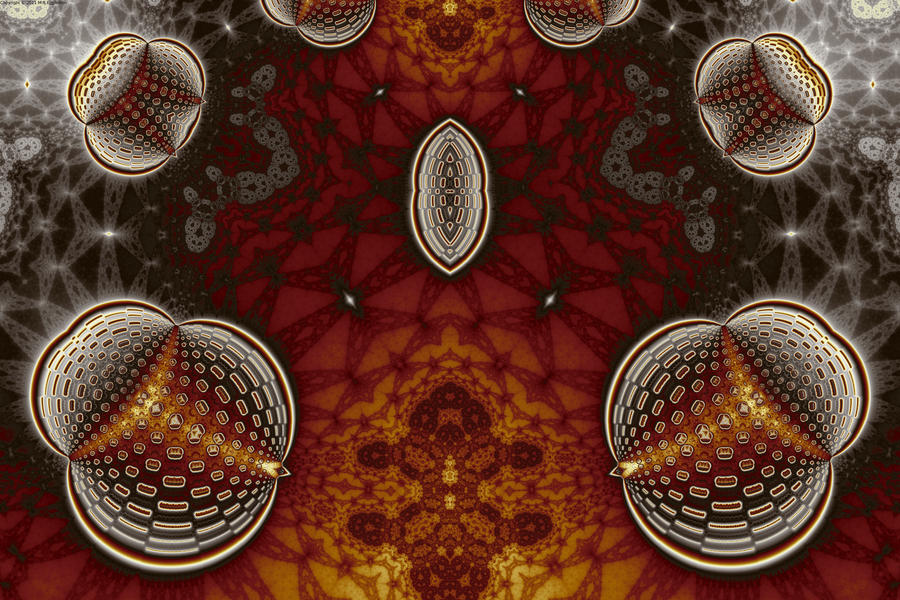
Fractal summary:
Parameters
Formula: Ltzcpac Julia
z = log(transform(z^alpha) + beta)
alpha = 1.8 + 0i
beta = 0.25 + 0i
Programs: saturn and titan
Number of A transforms: 1
Transform 0: inverse fold in, diameter 1.975 centred at 0 + 0i
Number of B transforms: 0
Transform sequence: A
Number of Complex Plane transforms: 0
Initial values of z: transformed c
Image centre: 5.43466666666666667 + 0i
Image width: 3
Rotation about image centre: 90 degrees
Maximum iterations: 75
Bailout: No Bailout
Colour selection: all points are inner
Outer colouring: iteration
Inner colouring: absolute log of average magnitude
Because I defined all escape time formula with either a pre-formula transform or an in formula transform I can apply transforms in any combination I like to all of them for example here's a Nova with a transform applied:
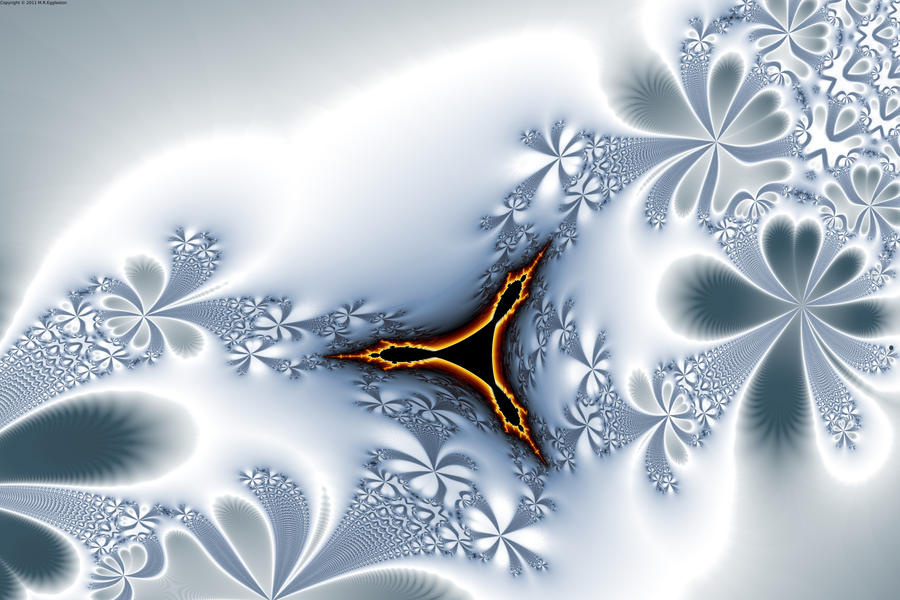
I said earlier that that transforms can be applied to the complex plane, here's a Mandelbrot with "inverse fold out" centred at -0.4 + 0i, diameter 1.
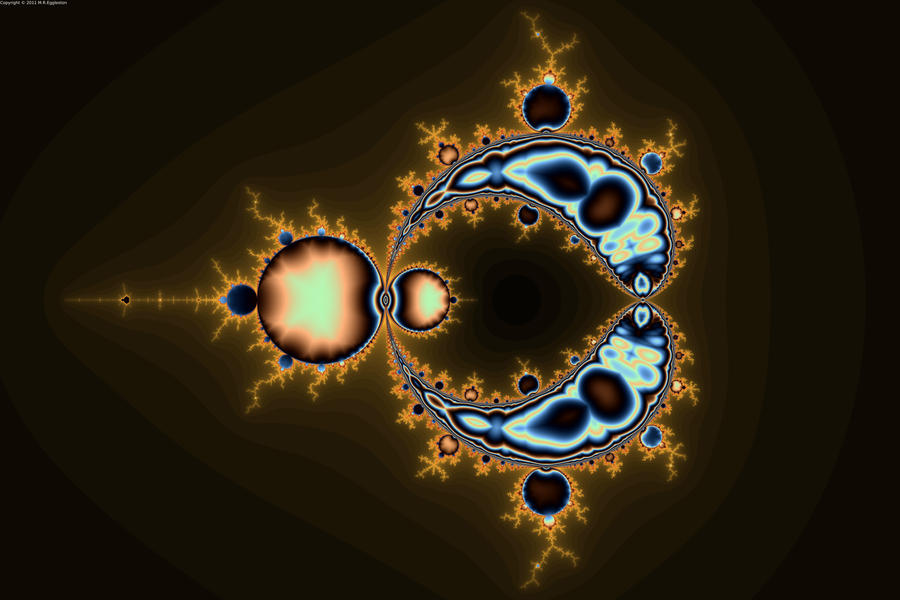
If instead of using a circle inversion the value is simply inverted i.e. for a unit circle at the origin, roughly UF syntax:
if (|z| > 1)
z = 1/z
endif
You get this on the Mandelbrot needle:
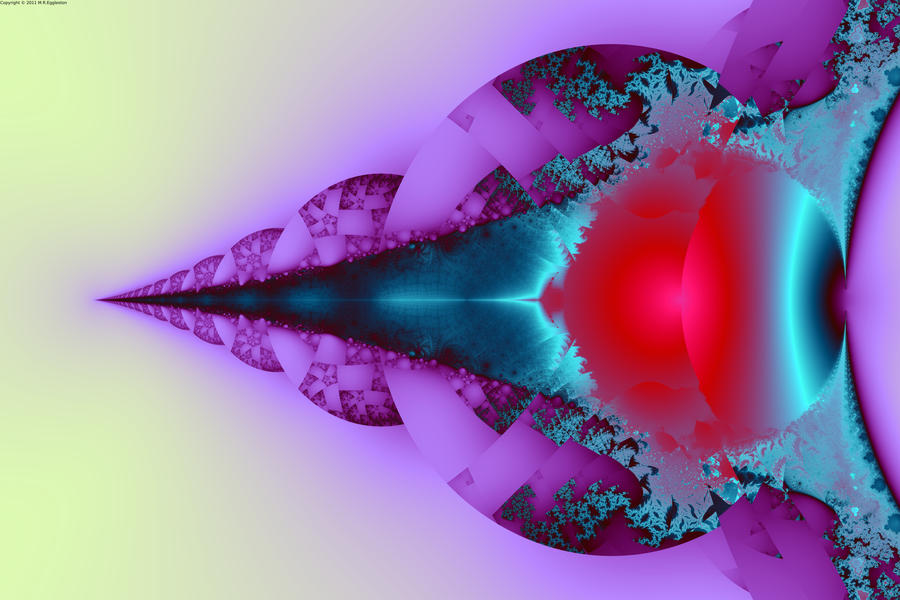
The above picture was my first attempt at circle folding before I found that inverting a complex number doesn't result in a value on the same line.
Finally here is a picture of Saturn transform settings:

The transform settings the for complex plane are the same as transform set A which results in:
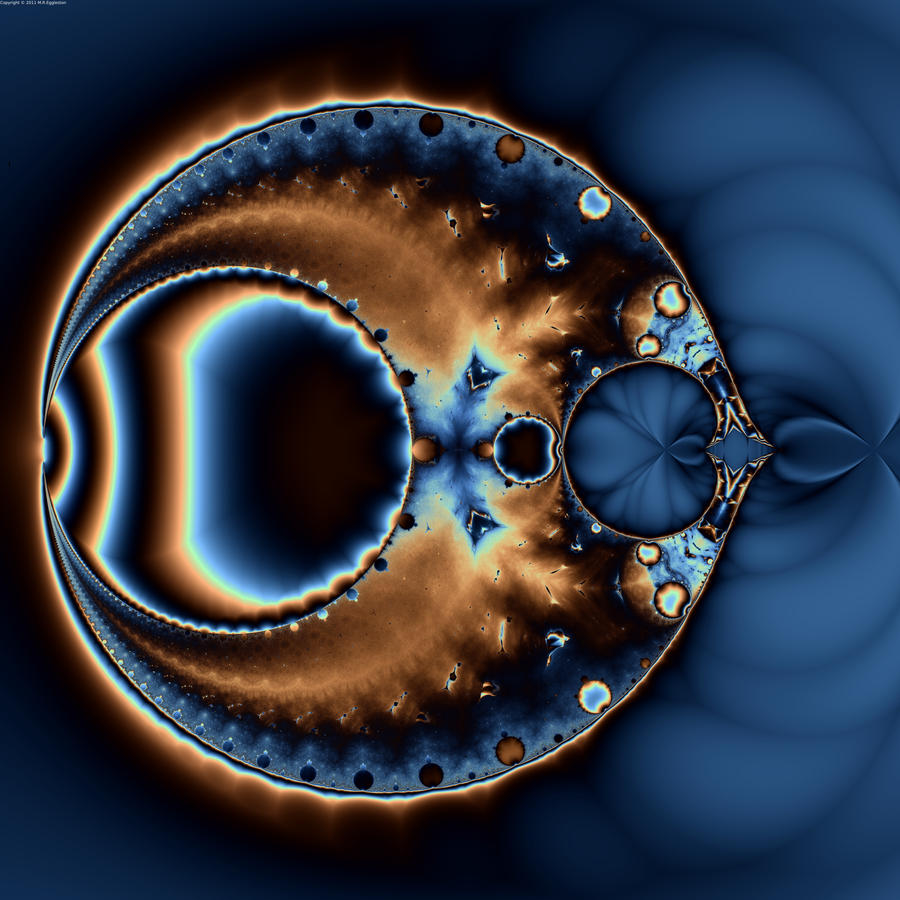
I've only shown examples with relatively simple transforms, I haven't covered the effect of multiple transforms in a set or indeed the effect of using two different transform sets. A transform set can of course be empty so it is possible to apply a single transform set periodically. For version 3.0 in addition to increasing the number of available transforms the number of transform sets will be increased, the number is limited to a maximum of 26 transform sets as they can be easily identified using the letters A to Z.


















